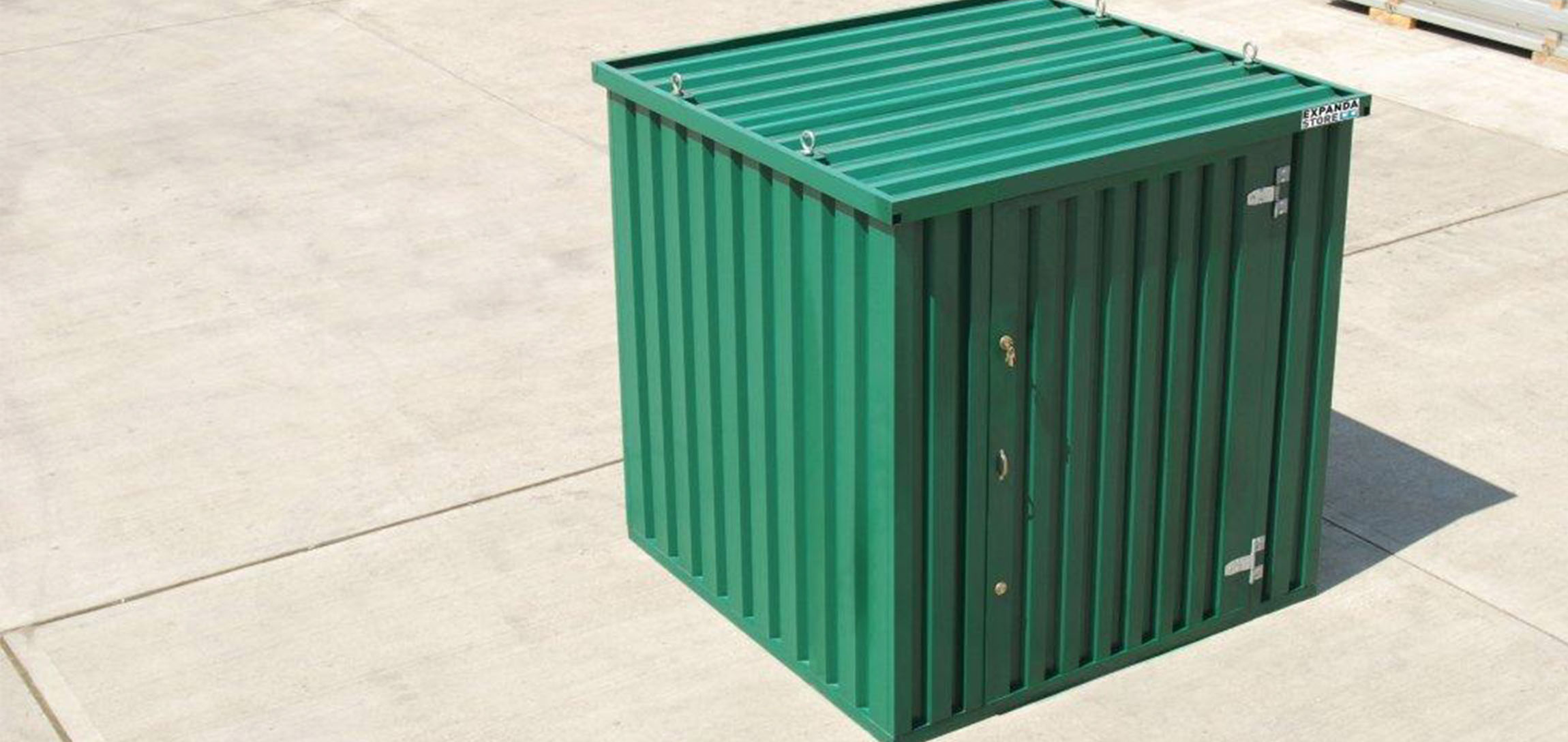Flat pack shipping containers have already proven their value in Australia — from remote infrastructure and pop-up retail to backyard studios and disaster relief shelters. But as technology advances, consumer needs shift, and sustainability becomes a national priority, the next decade is set to bring even more innovation to this space. Shipping containers for sale hobart
Here’s a look at the emerging trends shaping the future of flat pack shipping containers in Australia, and what they mean for businesses, governments, and individuals alike.
1. Sustainable Design & Green Building Integration
As Australia continues to push for carbon neutrality and greener cities, flat pack containers are evolving into eco-conscious building solutions.
Future Trends:
- Integration of solar panels, battery storage, and green roofs
- Use of recycled and low-impact materials in container manufacturing
- Designs optimised for natural airflow, insulation, and energy efficiency
- Circular construction models where containers are leased, reused, or repurposed
What it means:
Expect to see more containers used in green housing developments, eco-resorts, and government-funded sustainability projects.
2. Smart Container Technology
The future of flat pack containers is digital. Tech-enabled features will make these modular spaces smarter, safer, and more responsive.
Emerging Features:
- IoT sensors for temperature, humidity, and security monitoring
- Smart locks and remote access control
- Solar-powered lighting and automation
- Data tracking for asset management and maintenance
What it means:
From farming equipment storage to emergency medical units, smart flat packs will offer real-time insights and better user control.
3. Rapid Infrastructure for a Growing Population
With Australia’s population expected to hit 30 million by the mid-2030s, there will be growing pressure to deliver housing, schools, and healthcare faster and more affordably. Flat pack containers can help meet these urgent needs.
Where they’ll be used:
- Modular social housing in high-demand urban areas
- Pop-up classrooms for overcrowded schools
- Mobile health clinics in underserved or rural regions
- Temporary accommodation for disaster-affected areas
What it means:
Governments and NGOs are likely to increase investment in flat pack-based infrastructure to serve fast-changing communities.
4. Customisation and Pre-Fab Sophistication
The future is all about flexibility. Container manufacturers are expanding customisation options, offering ready-to-use modules that are pre-finished with plumbing, electrical wiring, insulation, and interiors.
Upcoming Innovations:
- Off-the-shelf options for cafés, salons, gyms, and offices
- Sleek architectural finishes that rival traditional builds
- Configurable units that connect, stack, or expand
- DIY-friendly kits with interior finish packages
What it means:
Flat pack containers will no longer be seen as “temporary” — they’ll become a respected building medium for permanent structures with style.
5. Growth in Remote and Indigenous Applications
Flat pack containers are particularly valuable in Australia’s remote and Indigenous communities, where construction costs and logistics are complex. The future will see greater collaboration between suppliers and local organisations to deliver culturally sensitive, practical solutions.
Trends to watch:
- Co-designed housing and community centres
- Multi-purpose education and health hubs
- Mobile infrastructure for cultural programs and events
What it means:
Containers will empower remote communities by delivering infrastructure that is respectful, functional, and easily maintained.
6. Rise of the “Backyard Economy”
More Australians are using flat pack containers to launch side hustles or expand their living space without the red tape of full renovations.
Common uses expected to grow:
- Airbnb units and granny flats
- Home-based salons, studios, and consulting spaces
- Micro-gyms, container cafés, and farm shops
What it means:
Flat pack containers will help fuel the micro-entrepreneurial movement, offering low-cost pathways to business and housing flexibility.
7. Integration into Urban Planning & Emergency Response
Local councils and state governments are increasingly using modular solutions for urban revitalisation and emergency response — a trend set to accelerate with climate change and housing pressures. Shipping containers for sale hobart
Applications to expect:
- Container-based crisis accommodation and shelters
- Urban activation hubs (pop-up retail, libraries, and community spaces)
- Temporary solutions during redevelopment projects
What it means:
Flat packs will play a growing role in urban resilience strategies and disaster preparedness plans.
Final Thoughts: Flat Packs, Big Future
From backyard projects to national-scale infrastructure, flat pack shipping containers are redefining how Australia builds, lives, and grows. As technology, sustainability, and economic pressures converge, flat packs will increasingly be seen as not just practical, but progressive.
They offer a future where structures are:
✅ Fast to deploy
✅ Easy to move
✅ Affordable to build
✅ Customised to purpose
✅ Kinder to the environment
Whether you’re a builder, business owner, policymaker, or homeowner — flat pack containers represent a smart investment in the future of Australia.
Ready to embrace the container revolution? The best time to start is now.
